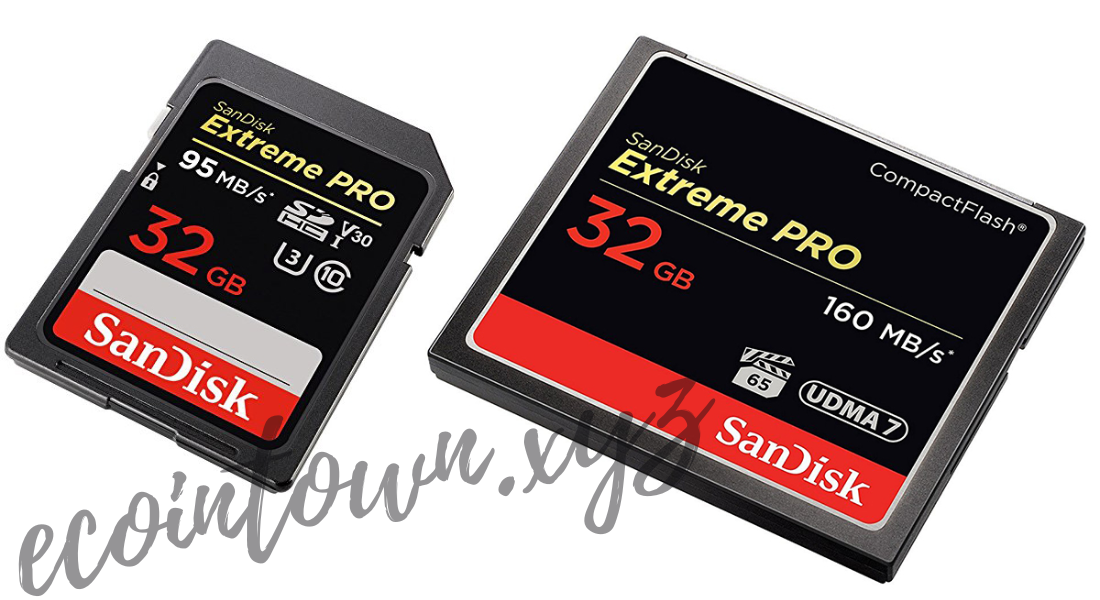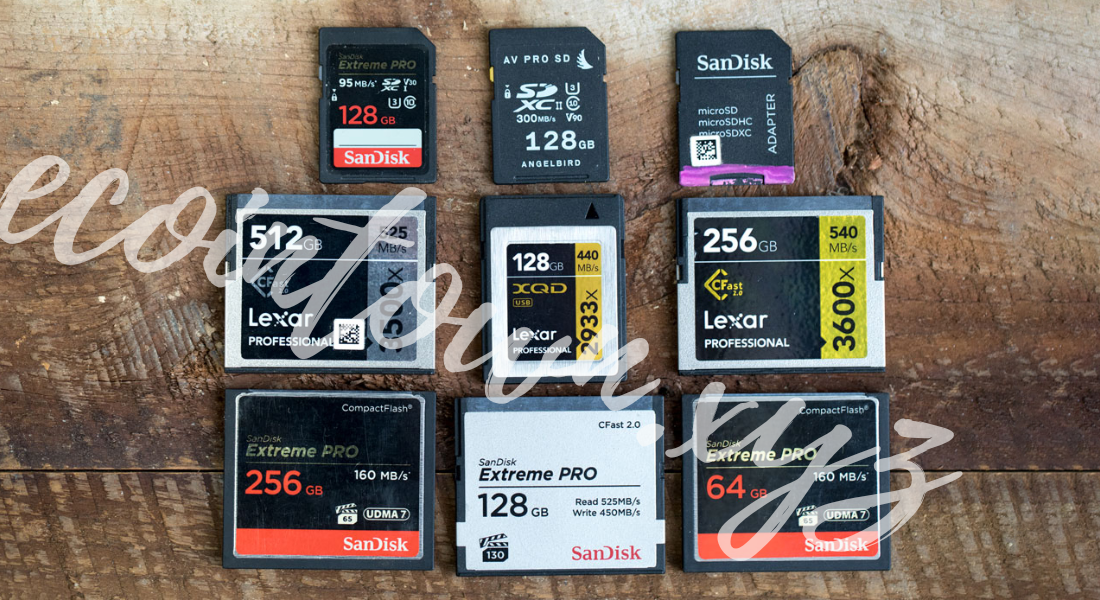Table of Contents
ToggleWhat Are Memory Cards?
A memory card is a small storage device used to store data digitally. These cards are typically inserted into devices such as smartphones, cameras, tablets, and gaming consoles to expand their storage capacity. Memory cards types come in various formats, each suited to different applications and devices. Let’s explore the most common types.
1. SD Cards (Secure Digital Cards)
SD cards are the most commonly used memory cards. They are compatible with a wide range of devices, including digital cameras, smartphones, and laptops. SD cards are available in different sizes and capacities. Here are the main variations:
- SD Standard Capacity (SDSC): These cards have a storage capacity of up to 2GB. While they are becoming less common, they can still be used in older devices.
- SD High Capacity (SDHC): SDHC cards have a storage capacity ranging from 2GB to 32GB. They are ideal for most modern devices, providing enough space for photos, videos, and apps.
- SD Extended Capacity (SDXC): SDXC cards offer the largest storage capacity, ranging from 32GB up to 2TB. These cards are best suited for high-definition video recording and large files.
Uses of SD Cards
SD cards are widely used in digital cameras, smartphones, and handheld gaming consoles. They provide users with the flexibility to store large amounts of data without taking up much space. Many smartphones rely on SDHC and SDXC cards to expand their storage for apps, music, videos, and photos.
2. MicroSD Cards: A Smaller Option Among Memory Cards Types
MicroSD cards are smaller versions of SD cards. They are used in smartphones, drones, tablets, and action cameras. Despite their small size, microSD cards offer similar capacities and performance levels to standard SD cards.
- MicroSD Standard Capacity (microSD): These cards hold up to 2GB of data. They are typically used in older devices.
- MicroSD High Capacity (microSDHC): These cards range from 2GB to 32GB in storage and are perfect for most smartphones and devices.
- MicroSD Extended Capacity (microSDXC): With storage capacities from 32GB to 1TB, microSDXC cards are used in high-performance devices for apps, video recordings, and gaming.
Advantages of MicroSD Cards
The main advantage of microSD cards is their compact size, making them perfect for portable devices. These cards are also versatile, as they can be used in devices that have an SD card slot with an adapter.
3. CompactFlash (CF) Cards: High-Speed Performance Among Memory Cards Types
CompactFlash cards are one of the oldest memory card types. They are larger than SD cards and are primarily used in professional cameras and camcorders. While not as popular as SD or microSD cards today, CF cards offer high-speed performance and large storage capacities.
CF cards are typically used in high-end DSLR cameras and video equipment. They are known for their durability, making them suitable for extreme conditions. CF cards are available in two versions: Type I and Type II, with Type II being thicker and offering more capacity.
4. Memory Stick: A Proprietary Memory Cards Type
Memory Stick is a proprietary memory card format developed by Sony. While its usage has declined in recent years, it is still found in some Sony devices, such as older digital cameras, PlayStation Portable (PSP) consoles, and some smartphones.
There are several types of Memory Stick cards, including:
- Memory Stick Duo: Smaller and thinner than the standard version, used in older Sony devices.
- Memory Stick PRO Duo: Offers faster read/write speeds and more storage capacity.
- Memory Stick Micro (M2): Used in Sony Ericsson mobile phones.
Memory Stick vs. Other Memory Cards Types
While Memory Stick cards offer specific advantages for Sony users, they are less compatible with devices from other manufacturers. SD cards have become the more popular option due to their broad compatibility.
5. CFast Cards: Advanced Speed Among Memory Cards Types
CFast cards are the next evolution of CompactFlash cards, offering faster read and write speeds. These cards use a different interface and are commonly used in high-end video cameras and DSLR cameras.
CFast cards are designed for professionals who need fast, reliable storage for 4K video recording and high-resolution image capture. They are available in various sizes, but their high speed makes them ideal for demanding applications.

6. XQD Cards: Durable and Fast Among Memory Cards Types
XQD cards are designed for use in high-performance cameras, particularly by Nikon and Sony. These cards are known for their incredibly fast data transfer rates, making them ideal for shooting high-quality 4K video and continuous burst photography.
One of the main benefits of XQD cards is their durability. They are shockproof, heatproof, and resistant to electromagnetic interference, making them suitable for harsh environments.
Choosing the Right Memory Card Among the Various Memory Cards Types
Choosing the right memory card depends on your specific needs. Here are some factors to consider:
- Capacity: Consider how much storage you need. If you plan to store high-definition videos or large files, opt for cards with larger capacities like SDXC or microSDXC.
- Speed: If you are using your card for tasks like video recording or burst photography, speed is essential. Look for cards with high read and write speeds.
- Compatibility: Ensure that the card is compatible with your device. Some devices only support specific card types, such as SD cards or Memory Stick cards.
- Durability: If you need a card for extreme conditions, consider one that is shockproof, waterproof, or resistant to temperature changes. Cards like XQD and CF cards are built for tough environments.
Conclusion: A Summary of Memory Cards Types and Their Uses
In conclusion, memory cards types come in a variety of formats, each suited for different uses and devices. Whether you need a simple SD card for your camera or a high-speed CFast card for professional video work, understanding the differences between the types of memory cards will help you make an informed decision. Always consider factors like capacity, speed, and compatibility to find the best memory card for your needs.
By selecting the right type of memory card, you ensure that your data remains safe and accessible, while optimizing the performance of your devices. So, next time you purchase a memory card, remember the variety available and pick the one that best suits your digital lifestyle.
